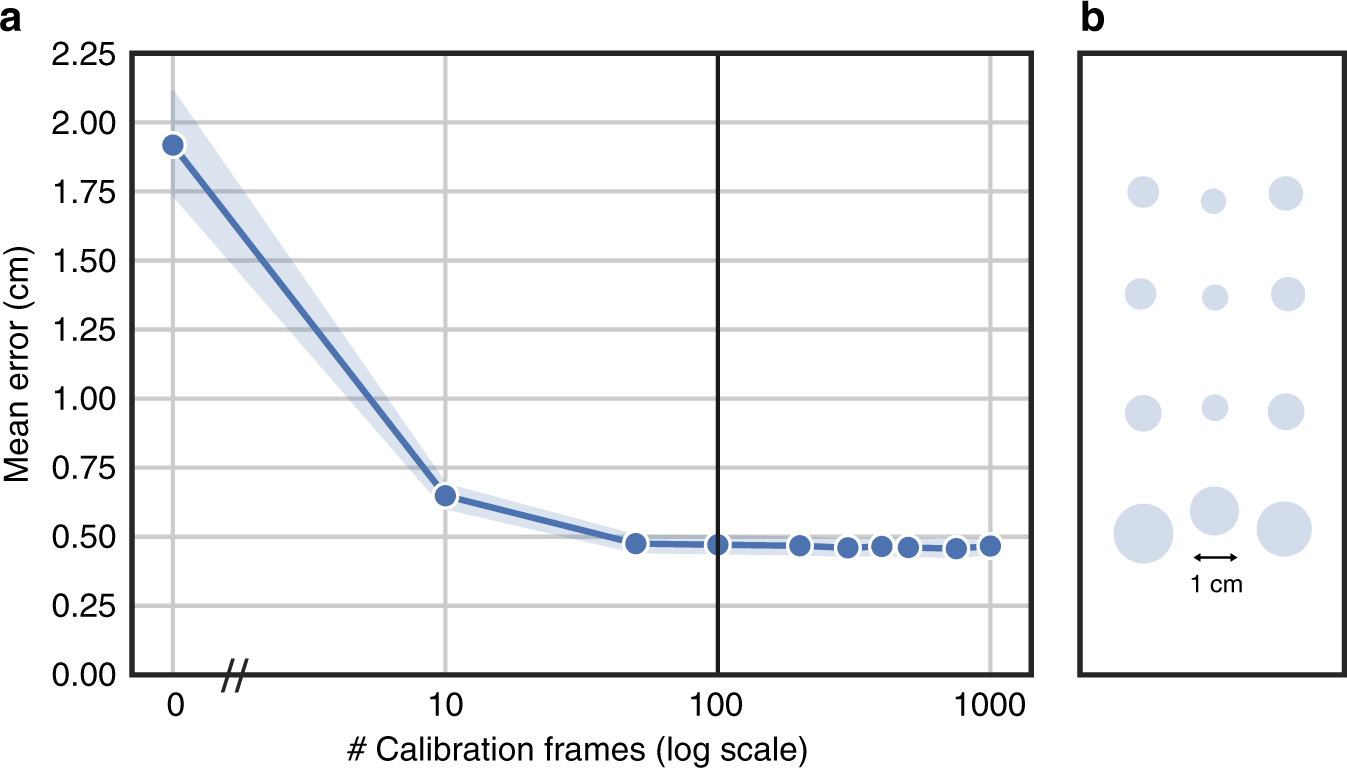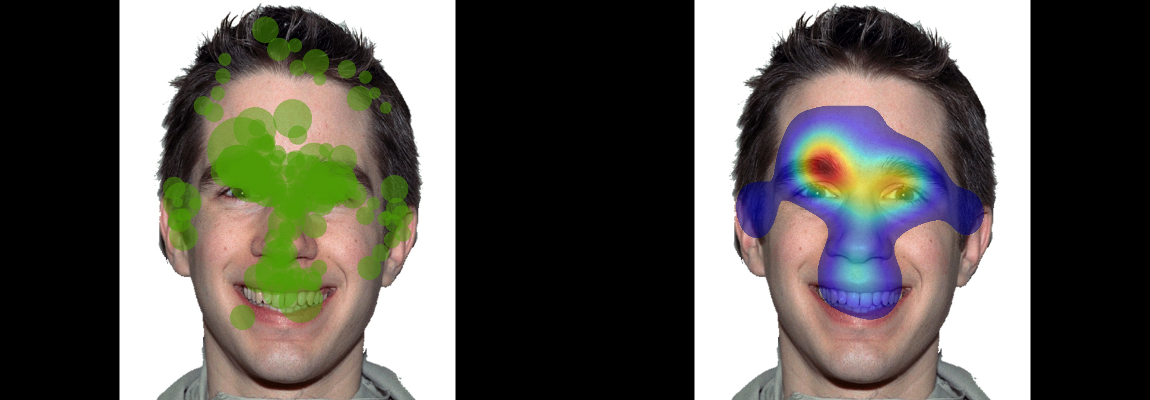
Open source eye tracking software#
The easiest way to prevent incorrect pupil detection, is by specifying where in each image my software is allowed to look. But what about all other dark parts of the images? We don’t want the software to mistake my eyebrows for my pupil! As you can see: the pupil is one of the darkest parts in the video stream. In the movies below, you can see a blue-black screen, where all the dark parts of the webcam’s video stream are black and all other pixels are blue.

Only if ALL the values for that pixel are below the threshold value, that pixels is considered ‘dark’. My software then looks at every single pixel in the image, and checks if any of the values for red, green and blue are below that threshold. As I mentioned before, you can select a single threshold value for what my software must consider ‘dark’ (and therefore potentially the pupil!). Now you know how a computer reads out the webcam’s images, it’s time to return to pupil detection. By now, you might be able to guess what the brightest red is to a computer: (255,0,0). To give you some examples: (0,0,0) is black (no colour for all) and (255,255,255) is white (maximal colour for all). In our case, these numbers range from 0 to 255, where 0 means ‘none of this colour at all, please’ and 255 means ‘maximal colour!’. To a computer, a colour consists of three numbers: one value for the amount of red, one for the amount of green, and one for the amount of blue. To a computer a colour isn’t a colour in the way we perceive colours. If you zoom in real close, you should be able to see them in any image: small squares, consisting of only a single colour. Quite frankly, it doesn’t really ‘see’ the picture at all! For your computer, your profile pic is simple a collection of pixels, the tiniest parts of an image. If you are now wondering “how can any part of an image be ‘lower than a single number’?”, you’re on the right track!Ī computer does not see a picture in the way we humans do. You do so by setting a threshold value: a single number below which everything is considered ‘dark’. Therefore, you will have to tell my software what ‘dark’ actually is. Of course, how dark exactly your pupil is can differ depending on the environment you are in. This makes sense, because your pupil usually is one of the darkest parts of an image of your face (go check for yourself by looking through your Facebook profile pics). Every image that the webcam produces (30 per second!) is analyzed to find the dark bits in the image. My software works in a relatively straightforward way. Note that the lighting conditions were pretty normal in the current videos: I was simply sitting in my office, with all the lights and two monitors on, without the infrared LEDs that I used for the previous video. As you can see in the video, this pupil enclosure moves along with the pupil, so you don’t have to worry about moving your head. The blue rectangle you see in the screen that says “select pupil and set pupil detection bounds” is the enclosure outside of which no pupil detection is attempted. As you can see, my eyebrows and hair are pretty dark as well, therefore oftentimes falsely recognized as a pupil.
This is useful, because the pupil detection is done based on a rather simple principle: “find the largest dark bit in the picture, this must be the pupil!”. The pupil centre is still indicated by the red dot, but now there is the option to only locate a potential pupil inside of a user-defined enclosure. Furthermore, the pupil’s edges (indicated by the green rectangle) are now detected, which means the software can now be used for pupilometry (the science of measuring pupil size).
Open source eye tracking code#
As you can see, I made quite a bit of progress! A Graphical User Interface (GUI) has been added, to allow users to set their own system up in an easier way (previously, it was done via code and keyboard shortcuts). I’ve added two new videos, showing the current state of the project.

All regular lights in my office were off during tracking I used a bunch of infrared LEDs to illuminate my face. The webcam I use is a Trust Cuby model (retail price: 15 Euro), from which I removed the infrared filter. Image analysis is done on the fly, using PyGame. The software is, of course, based on PyGaze. A lot of work needs to be done before this is actually useable, but I’m already quite happy with the results. This video shows the result of my first attempt at pupil tracking.
Open source eye tracking free#
If you want to play around with the source code, feel free to grab if off GitHub. How hard can it be? Turns out the basics are surprisingly simple! On this page, I’ll try to keep you posted on how the project advances. Building your own eye tracker for dirt cheap.


 0 kommentar(er)
0 kommentar(er)
